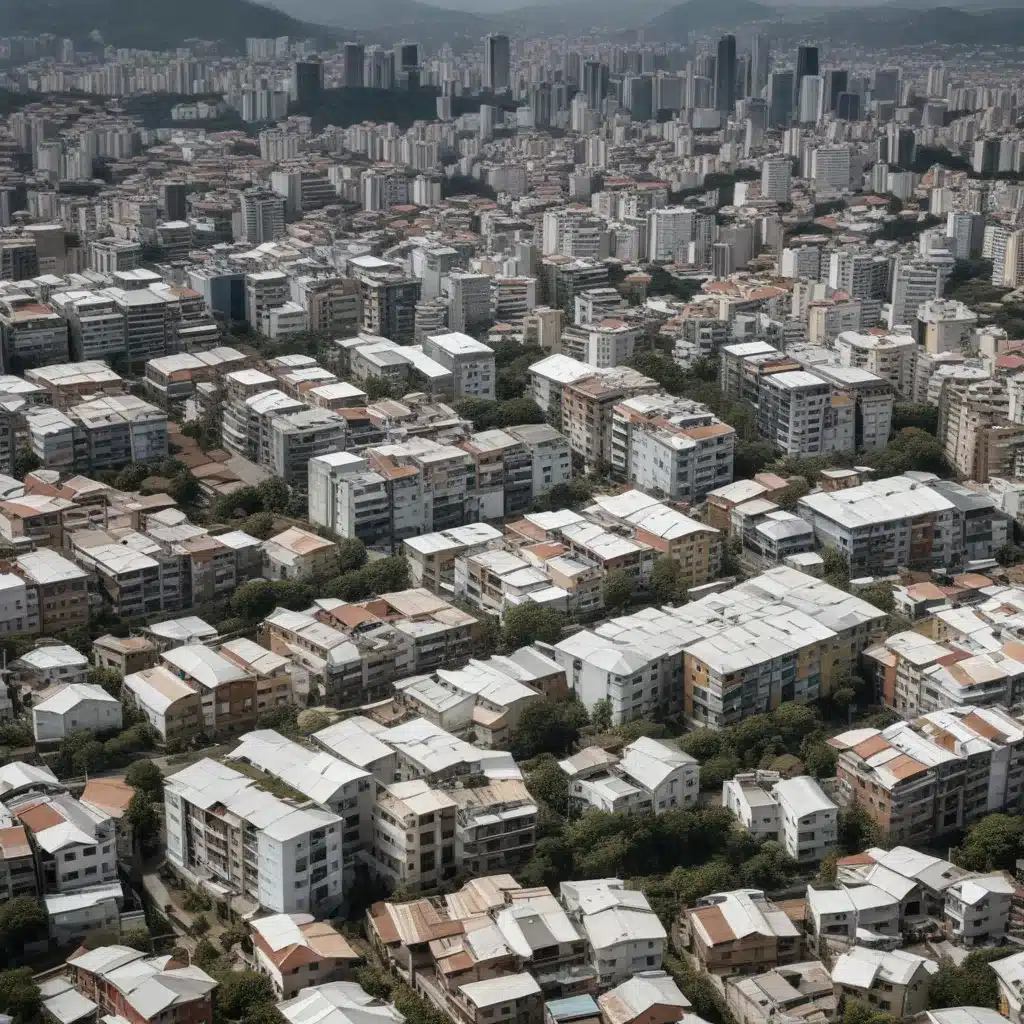
Brasileirão: Brazil’s Premier Football League
League Structure and Governance
The Brasileirão, officially known as the Campeonato Brasileiro Série A, is the top tier of Brazil’s professional football league system. Governed by the Brazilian Football Confederation (CBF), the Brasileirão features 20 clubs competing in a double round-robin format, where each team plays every other team both home and away.
At the heart of the Brasileirão’s structure lies a complex system of promotion and relegation. The bottom four clubs at the end of the season are relegated to the Série B, Brazil’s second division, while the top four finishers in Série B earn promotion to the top flight. This system ensures a constant flow of new teams entering and exiting the elite league, keeping the competition fresh and unpredictable.
Club ownership in the Brasileirão varies, with a mix of privately owned, publicly traded, and fan-owned entities. Prominent examples include the iconic Flamengo, owned by its massive fan base, and Corinthians, a publicly traded company. The league’s governance also involves fan representation, with supporter groups playing an active role in the decision-making processes of their respective clubs.
The player transfer system in the Brasileirão is a crucial component of the league’s financial landscape. Clubs often rely on the sale of their brightest talents to European powerhouses as a significant revenue stream. This has led to the emergence of a thriving market for young Brazilian footballing prodigies, with clubs carefully balancing the need to develop talent and the temptation of lucrative transfer fees.
Financial Landscape
The Brasileirão’s financial landscape is a complex tapestry, with revenue streams ranging from broadcasting rights to sponsorship agreements and matchday income. The league’s broadcasting deals have undergone significant transformations in recent years, with the introduction of more lucrative domestic and international television contracts.
Sponsorship agreements have also played a vital role in the Brasileirão’s financial stability. The league boasts partnerships with prominent global brands, including kit suppliers, front-of-shirt sponsors, and sleeve sponsors. These deals not only provide crucial funding but also help to elevate the league’s profile on the international stage.
However, the financial landscape of the Brasileirão is marked by significant disparities between the league’s wealthiest and most financially challenged clubs. The top-tier teams, such as Flamengo, Corinthians, and São Paulo, enjoy substantial revenue streams and the ability to attract high-profile players. In contrast, smaller clubs often struggle to maintain financial stability, relying on the sale of their best players to stay afloat.
Stadium Infrastructure
The Brasileirão’s stadium infrastructure is a reflection of the league’s evolving landscape. While some clubs, like Flamengo and Corinthians, have invested in modern, state-of-the-art facilities, many others still rely on aging, outdated stadiums. The 2014 FIFA World Cup and the 2016 Summer Olympics in Brazil prompted a wave of stadium renovations and construction, but the lasting impact has been uneven across the league.
Matchday revenue remains a crucial component of the Brasileirão’s financial model, with the largest and most successful clubs generating significant income from ticket sales, hospitality, and ancillary services. However, stadium attendance has been a persistent challenge, with many clubs struggling to consistently fill their grounds and engage their passionate fan bases.
Sponsorship and Broadcast Deals
The Brasileirão’s sponsorship landscape has undergone a transformation in recent years, with the league attracting a diverse range of global and domestic brands. From kit suppliers to front-of-shirt and sleeve sponsors, the league has leveraged its massive fan base and growing international appeal to secure lucrative deals.
The league’s broadcast rights have also become a crucial revenue stream. The Brasileirão has embraced the digital age, with the introduction of streaming platforms and international television partnerships. This has not only increased the league’s visibility but also provided a steady flow of income to clubs and the CBF.
Player Salaries and Valuations
The Brasileirão’s player salary landscape is a complex and often polarized affair. The league’s top clubs are able to offer competitive wages to attract and retain the best domestic and international talent. However, smaller clubs often struggle to keep pace, leading to a significant disparity in player compensation across the league.
Player transfer fees have also become a vital component of the Brasileirão’s financial model. The league’s reputation as a breeding ground for world-class talent has resulted in a thriving market for young Brazilian players, with clubs often cashing in on their prized assets. This has led to the emergence of a new generation of Brazilian footballing superstars, whose market valuations continue to soar.
Regulatory and Policy Environment
The Brasileirão operates within a complex regulatory and policy environment, with the CBF and various government agencies playing a crucial role in shaping the league’s financial landscape. Financial Fair Play regulations, similar to those implemented in Europe, have been introduced to promote financial stability and curb excessive spending.
Taxation and fiscal incentives have also had a significant impact on the Brasileirão. The Brazilian government has implemented tax breaks and other financial incentives to encourage investment in the sport, particularly in the development of youth academies and infrastructure.
Overall, the Brasileirão’s financial landscape is a dynamic and evolving tapestry, shaped by the league’s unique governance structure, revenue streams, and regulatory environment. As the league continues to grow and adapt to the changing demands of the global football industry, it will be crucial for stakeholders to navigate these complex financial challenges and capitalize on the immense potential of Brazil’s premier football league.
